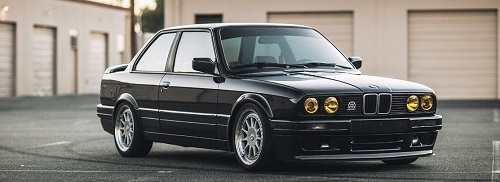Hey guys I'm new to this, so I apologize if this was already covered or is common knowledge. I tried searching the forum and didn't see anything, so here goes.
Is this driveshaft installed correctly? ('88 325is manual). All the drawings I've seen so far show the bolts alternating front/back, but mine has all the nuts on the trans side. Is this normal? Does it matter?
Thanks in advance,
Bob M


Is this driveshaft installed correctly? ('88 325is manual). All the drawings I've seen so far show the bolts alternating front/back, but mine has all the nuts on the trans side. Is this normal? Does it matter?
Thanks in advance,
Bob M




Comment